In this article, we compare and contrast two versions of one of the most useful inventions in the history of mankind: the bicycle.
We’re here to help you decide which bicycle option is right for you and your needs. Below, we run through the similarities and differences, including functionality, components, cost, and more.
E-Bikes and Standard Bikes: Similarities
Both bikes can be used as primary modes of transportation, are terrific cardio options, are built remarkably similarly, and share perhaps the most important advantage: environmental impact.
Here are the four biggest similarities between these two rides.
Function
Our first similarity is not a surprise: They’re both bikes. This is important to mention because there can be discrepancies and confusion for those unfamiliar with the biking world.
Functionality-wise, you can use both rides for practically the same function. Both bikes have certain strengths and weaknesses, so it’s best to be mindful of that.
If you need to do a cardio workout, both bikes have got you covered. If you want to go explore the great outdoors, they can both help with that, too. Even if you just need to get from Point A to Point B, either option should do just fine.
Basically, e-bikes and regular bikes have the same functions, they just perform them slightly differently — but more on that later.
Structure
Structurally and appearance-wise, e-bikes and traditional bikes are on a similar level.
Traditional bikes lack the extra components it takes to make a bike electric. Depending on the design of your electric bike, it likely has a decent amount in common with regular ones.
The traditional bike frame is typically similar, as well as the main components, such as wheels, gears, brakes, handlebars, a seat, and more. All bikes should have these parts unless you bought your bike in pieces to build yourself.
For example, our electric bikes have a sleek minimalist design, as we wanted simplicity to play a big role in our designs.
With a whole list of bright and unique colors to choose from, you’ll never have a hard time matching your personality to your e-bike.
Cardio and Exercise
One of the biggest benefits of cycling, in general, is cardio.
In terms of enjoyment, getting outside, and how much cardio you can get, cycling is a popular winner. Besides your arms, biking uses most of the major muscle groups. It’s also a low-impact exercise, so you can avoid getting hurt or worsening a pre-existing injury, unless it’s related to your knees. You can also see some great sights while you’re getting exercise.
Both electric and regular bikes are equipped to provide all contributing factors, and some are specifically built for exercise. That being said, even if you’re taking your bike out for a casual ride, you’re also still getting exercise.
Environmental Impact
The environmental impact of using a bike (electric or standard) as a primary mode of transportation is one of the best ways to reduce your carbon footprint.
Biking is a pollution-free way to get around town. If more people used bikes, there’d be fewer cars on the road, clearing congestion while simultaneously eliminating carbon emissions with every switch.
It’s a huge environmental bonus to have an electric bike for those shorter trips, like to the convenience store or a friend’s house that’s close by.
Eliminating or reducing our personal carbon footprints is undoubtedly essential to the health of the earth, and the best way to do this is by switching to a regular or electric bike.
E-Bikes and Standard Bikes: The Biggest Differences
Now, we can get to our favorite part: What gives electric bikes a competitive advantage over regular ones?
Besides being electric, there are a lot of other moving parts that make an e-bike different from a standard one.
We truly believe electric bikes offer much more versatility and practicality than the standard bike.
Components
Electric bikes have more components. Here are the main parts of an e-bike that are not shared with standard bikes.
- Motor: It’s useful to think of an electric bike as a car but on a smaller scale. The motor serves the main function of providing a helpful boost when you need it while riding an e-bike. Our e-bikes can hit speeds of up to 25 MPH with a fully adjustable pedal assist system (PAS) and throttle.
- Batteries: The battery is a close second when it comes to the importance of electric bike parts. If your e-bike isn’t charged, you certainly aren’t going anywhere that far or fast. Our batteries have a range of up to 60 miles depending on the model. We also recommend having a backup battery pack charged and ready to go in case of emergencies.
- Controller: The controller of an electric bike regulates the speed of the bike when you squeeze the throttle. Without a controller, your bike would automatically jump to a high speed whenever you use the throttle.
- Throttle: If you’re trying to have an all-gas-no-brakes type of ride, go ahead and turn the throttle all the way up. If you want to chill out, don’t go past 50% and let the PAS do its thing.
- Sensors: Most electric bikes have either a PAS or throttle control. The sensors are a big part of the PAS as they let the system know how hard you’re pedaling to assist you with the right amount of help you need. Fortunately, you won’t have to choose as all Velotric bikes come equipped with a 5-level PAS and throttle control.
Versatile Exercising
If you’re an exercise nut, or you’re trying to use cycling more to get your daily workout, an electric fitness bike like the Velotric T1ST is a massive help.
Velotric bikes have a pedal assist system and a throttle. If you’re planning on having a low-intensity workout, you can utilize these systems to control how much work you put in during your exercise.
If you have a lingering or chronic injury such as arthritic knees, the PAS and throttle are going to be your best friend. This helps to ensure you aren’t putting too much pressure on them or are overworking your injury.
If you were planning on an intense workout and simply couldn’t finish the ride, it’s no problem! Turn the throttle up and coast home. The same can be said if you suffer an injury or some kind of emergency; simply put, put that motor to work and get home.
Cost
Considering how much more technology goes into e-bikes, it shouldn’t come as a surprise that they’re going to run a little higher than a regular bike. Not to say that regular bikes can’t be more expensive than e-bikes — they certainly can. However, e-bikes can cost more than regular ones on average.
If you are planning on using your ebike to get around, you’ll save a ton on gas, car payments, and car maintenance. If you don’t own a car and already use an e-bike, you’re saving all the money in the world with how much gas costs today.
Play your cards right, and your ebike will be paying for itself in no time.
Commuting
If you have a relatively short drive to work, using an e-bike to commute, like the Velotric Discover 1, makes all the sense in the world.
You save on gas, you’re putting less pollution in the air, you get your daily exercise in, and it’s all-around fun. Tons of people do it, and for a good reason. If you’re worried about showing up to work sweating, that’s what the PAS and throttle are there for. Turn them on and cruise your way to work.
Exploring
An e-bike can go much further and for longer periods of time than a regular bike, so you can make the most out of every ride you take.
Whether you’re in a big city or in the middle of the woods, your e-bike will take you further than you’ve ever been before. If off-road experiences are on your horizon, opt for a fat tire bike like the Velotric Nomad 1. Just make sure whichever bike you choose is outfitted for your needs, whether that’s biking to work or biking through the hills and valleys of the Great Outdoors.
If you are planning on taking your bike up a hill to explore new heights, remember to keep torque in mind.
Torque is the rotational force that an e-bike's motor produces. It determines the bike's ability to climb hills and accelerate. More torque means better hill-climbing power. Lower-powered electric bikes have about 50 Newton-meters of torque, while higher-powered ones can reach 80 to 120 Newton-meters. When conquering those epic hills, aim for 70 Newton meters of torque or more.
Velotric
E-bikes can bring back the joy of riding shared by regular bikes! With an e-bike, you can get a boost of power from an electric motor. Effortlessly cruise city streets, climb uphill, and cover longer distances.
At Velotric, we’re dedicated to creating a sleek, user-friendly, and powerful electric bike for the world to enjoy. We believe that the world is meant to be seen, and our favorite way to see it is through electric biking. We hope we can share that same passion with you. So hop on, feel the breeze, and enjoy the ride with a Velotric e-bike!
Sources:
Benefits of riding | Queensland























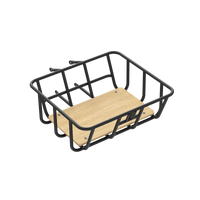

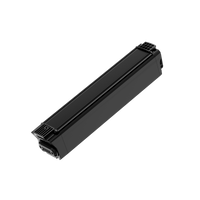


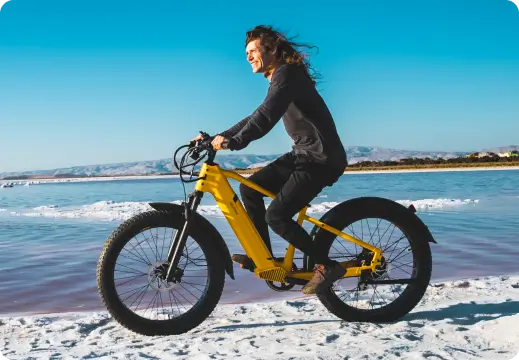






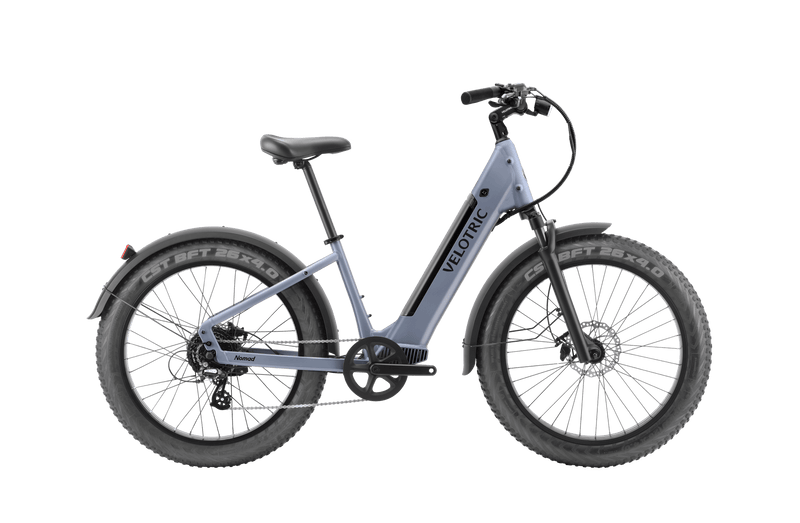



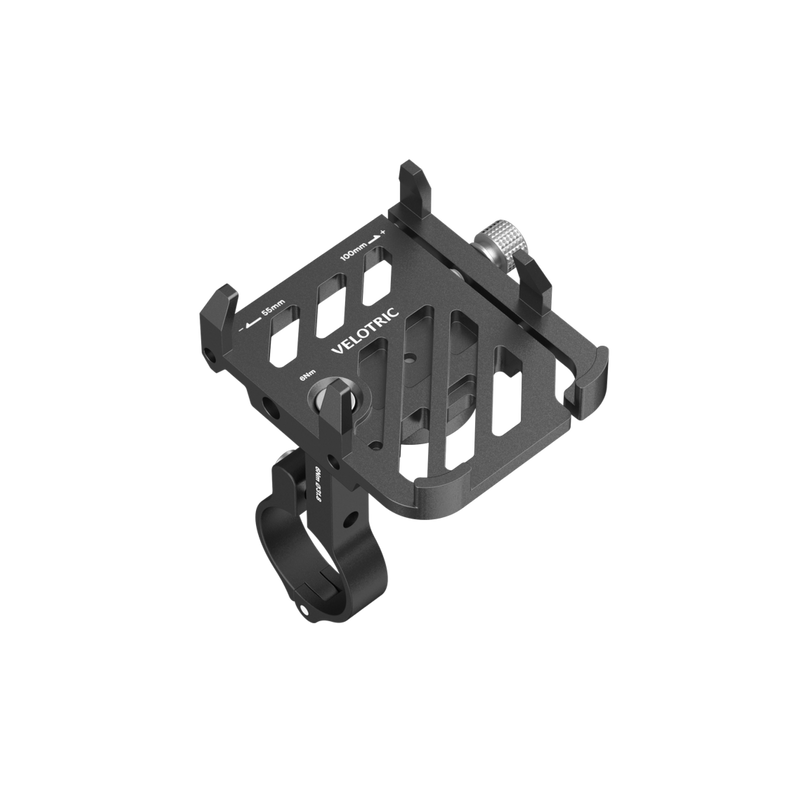
1 comment
Totally love my new e bike